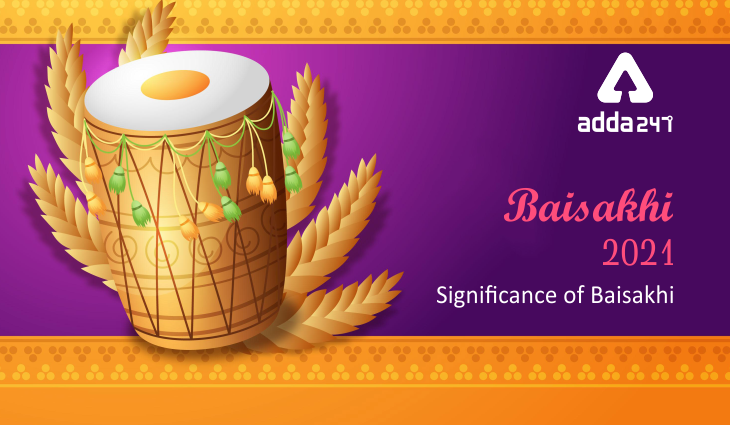Vaisakhi, also pronounced as Baisakhi, takes place each year in April and is celebrated across the world by Hindus and Sikhs. It is usually celebrated on 13 or 14 April every year. Vaisakhi is significant because it was the day Khalsa was created in the year 1699. Guru Tegh Bahadur was persecuted and executed under the orders of the Mughal Emperor Aurangzeb, which triggered the coronation of Guru Gobind Singh and the formation of Khalsa, both on the day of Vaisakhi. Many Sikhs choose Vaisakhi as the day to be baptized into the Khalsa brotherhood. It also marks the solar new year.
Punjabi farmers on Vaisakhi pay tribute to God for a plentiful harvest and pray for future harvest. On Vaisakhi Gurudwara and Mandirs are decorated. Sikhs visit gurudwara, socialize and share festive foods on Vaisakhi. A special procession through the streets called Nagar kirtans take place on Vaisakhi which happens on the streets of the city. ‘Nagar’ means town and ‘kirtan’ means the singing of hymns from the Guru Granth Sahib, which is the Sikh holy book. ‘Nagar’ means town and ‘kirtan’ means the singing of hymns from the Guru Granth Sahib, which is the Sikh holy book.
The main celebration takes place at Talwandi Sabo in Punjab, where Guru Gobind Singh, the 10th Guru of Sikhism stayed for 9 months and completed the recompilation of the Sikh holy book. Apart from India Vaisakhi is also celebrated by the Sikh community in Pakistan, Canada, United Kingdom, United States, and Malaysia. Even though the pandemic might reduce the intensity of the celebration this year but it comes as a hope for a good year and will bring joy to the people.
Top Performing
Baisakhi 2021: Significance of Baisakhi



 GA Capsule for SBI Clerk Mains 2025, Dow...
GA Capsule for SBI Clerk Mains 2025, Dow...
 The Hindu Review October 2022: Download ...
The Hindu Review October 2022: Download ...
 IBPS PO Final Result 2025 Out, Check Pro...
IBPS PO Final Result 2025 Out, Check Pro...


